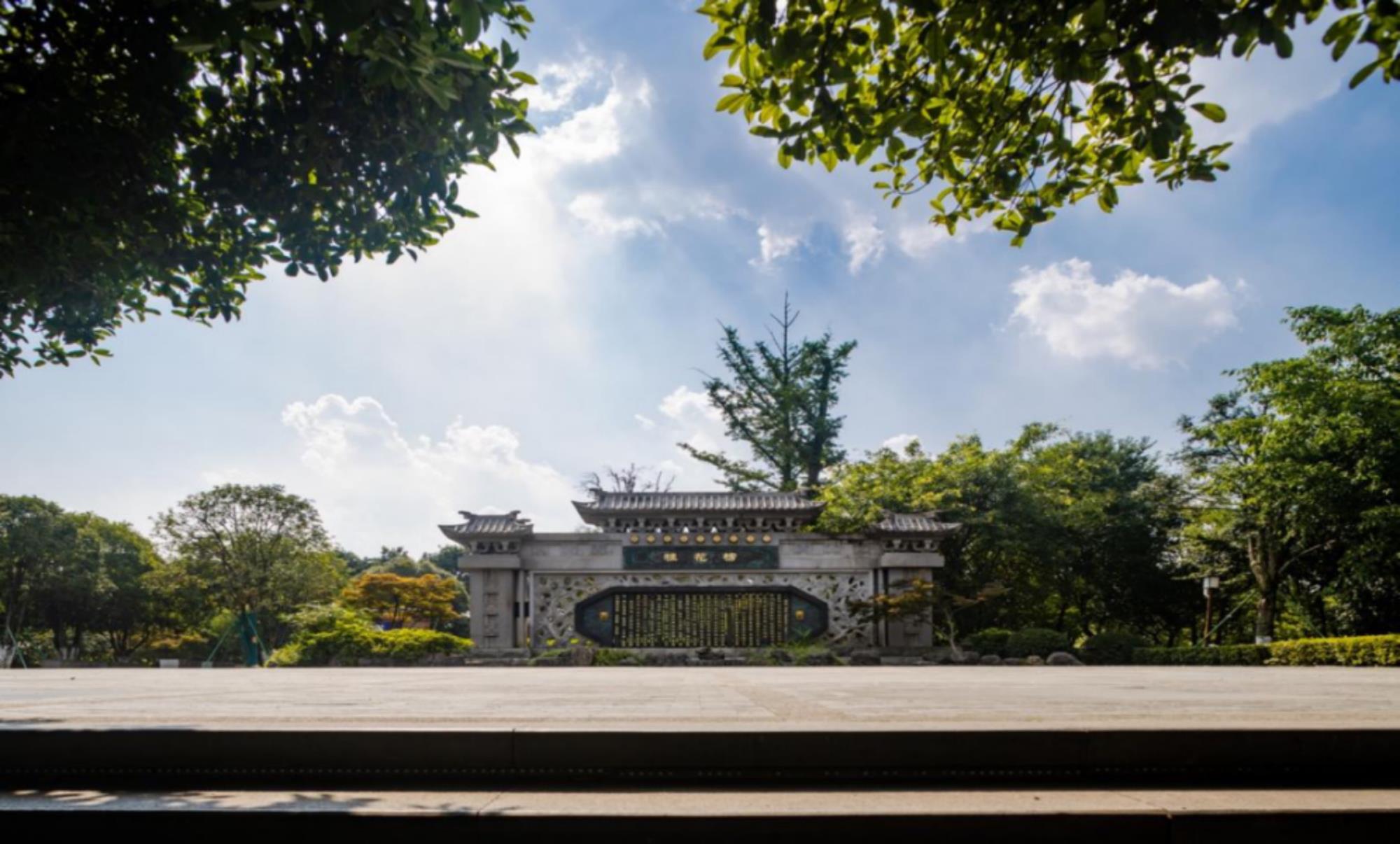
Hibiscus syriacus linn.: deciduous shrub, 3-4 meters high, and its branchlets are densely covered with yellow stellate hairs. Leaves rhombic to triangular ovate, 3-10 cm long and 2-4 cm wide, with 3-lobed or undivided in different depths, apex obtuse, base cuneate, margin with irregular teeth missing, and the lower part is slightly hairy or nearly hairless along the leaf veins. Flowers solitary between branch ends and leaf axils, calyx bell shaped, 14-20 mm long, densely stellate short tomentose, lobes 5, triangular; The flower color is pure white, light pink, light purple, purple, etc. the flower shape is bell shaped, and there are several kinds of single petals, multiple petals and double petals. Outside sparsely ciliated and stellate villous. Capsule ovoid, ca. 12 mm in diameter, densely covered with yellow stellate villi; Seeds reniform, yellow white villous on the back. The flowering period is from July to October.
Growth habit:
Hibiscus has strong adaptability to the environment, is resistant to dryness and barrenness, and has no strict requirements on the soil, especially in the warm and humid climate. It is slightly resistant to shade, warm and humid climate, resistant to trimming, heat and cold. However, it needs to be protected for winter cultivation in the north. It is good at moisture and drought. It has no strict requirements on Soil and can grow in heavy clay. Strong sprouting ability.
Curing method:
When the branches start to sprout, top dressing should be carried out in time, with quick acting fertilizer as the main one to promote nutrient growth; Apply phosphorus and potassium fertilizer 1-2 times before bud emergence to promote plant bud pregnancy; During the flowering period from May to October, the top dressing shall be carried out twice in combination with weeding and soil cultivation, mainly with phosphorus and potassium fertilizer, supplemented with nitrogen fertilizer to maintain the flower volume and tree vigor; During the dormancy period in winter, weeding and garden clearing shall be carried out, and ditches or holes shall be dug around the plants to apply fertilizer, mainly farm manure, supplemented with an appropriate amount of inorganic compound fertilizer, so as to supply the nutrients needed for growth and flowering in the coming year. In the long-term dry and rainless weather, attention should be paid to irrigation, and if there is too much rain, water should be drained to prevent waterlogging.




